Quinoa’s popularity is certainly no secret: search it online and you’ll find recipes for quinoa burgers, pizza crusts, sushi and even desserts. But, quinoa has also served to introduce us to a world of other ancient grains that are all gluten-free and protein- and nutrient-rich. Interestingly, while quinoa is often referred to as a grain (like I just did) it is, in actuality, a seed, although since it is prepared and eaten like a grain, a more appropriate term is “pseudo grain.” Regardless, a few new “super grains” (denoted as such for their great taste, versatility and health benefits) may be sharing the shelves with our beloved quinoa in the very near future.
Check out this list to be up on the latest additions to the “super grain” trend:
1. Freekeh
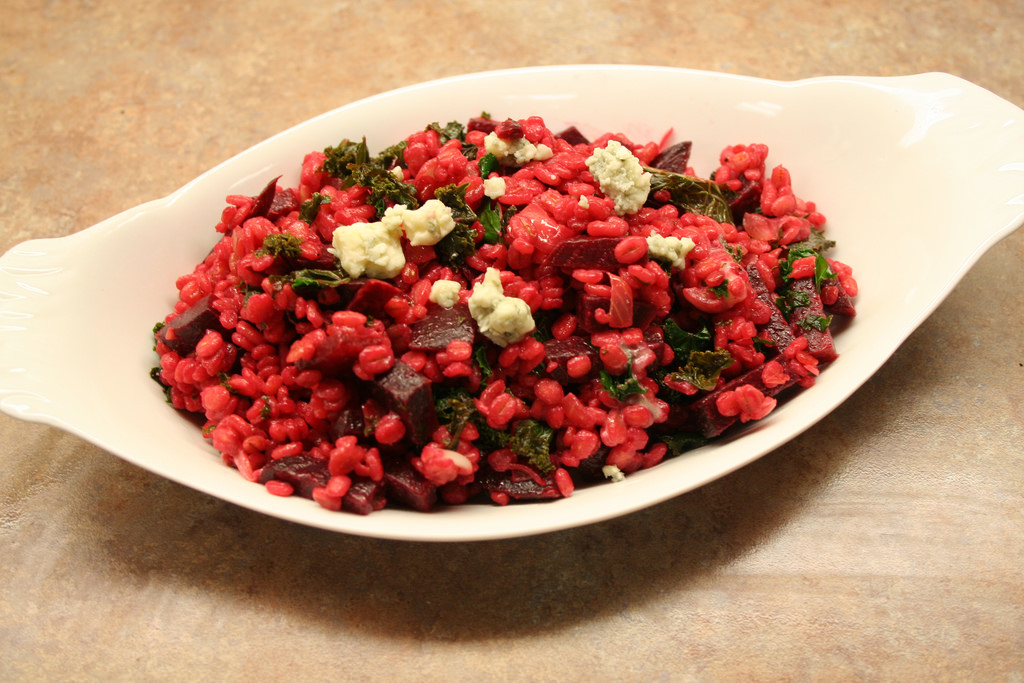
Photo by Julie Kajng
Freekeh has about four times as much fiber as most other grains and a low glycemic index, meaning it won’t spike your blood sugar. Its taste is comparable to barley, making it a perfect substitute in this beet and barley risotto.
2. Kamut
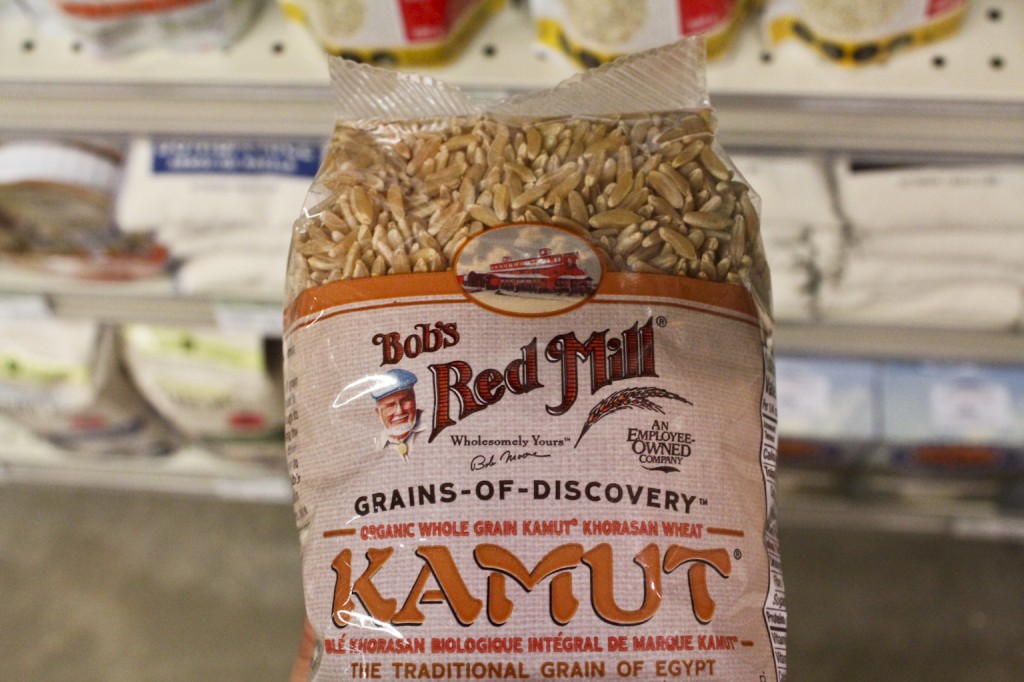
Photo by Hannah Lin
Kamut is an ancient version of wheat, with a taste much like that of brown basmati rice. Though it has less fiber than traditional wheat, it has about 30% more protein, as well as several fatty acids, meaning it will provide you with sustained energy. Try it in place of white rice in Mexican sour cream rice recipe.
3. Teff
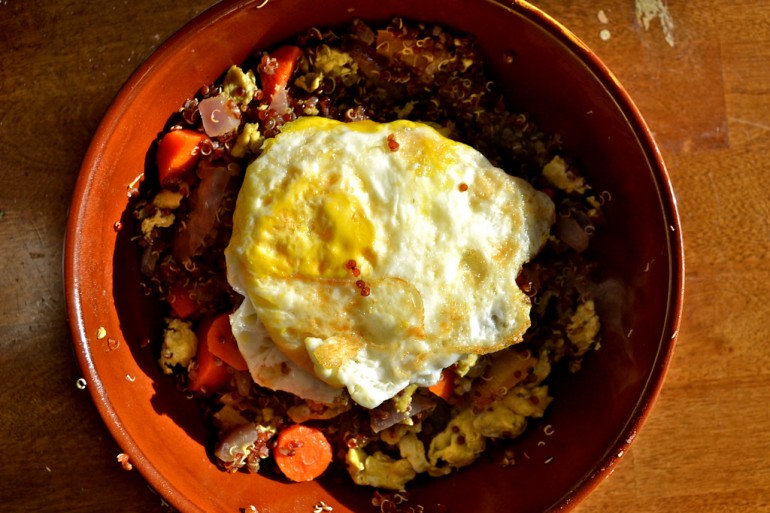
Photo by Parisa Soraya
Teff is basically quinoa’s twin: it tastes and cooks nearly the same (actually, it cooks slightly faster) and is gluten-free. Substitute it for quinoa in this P.F. Chang’s Copycat: Fried Rice recipe.
4. Millet

Photo by Hannah Lin
Also gluten-free, millet can be fluffy like rice or quinoa or creamy if you add more water and stir it often. It’s also a complete protein and heart-healthy due to its high magnesium content. Check out this guide to learn several ways of cooking millet and some recipes for each method.
5. Bulgur
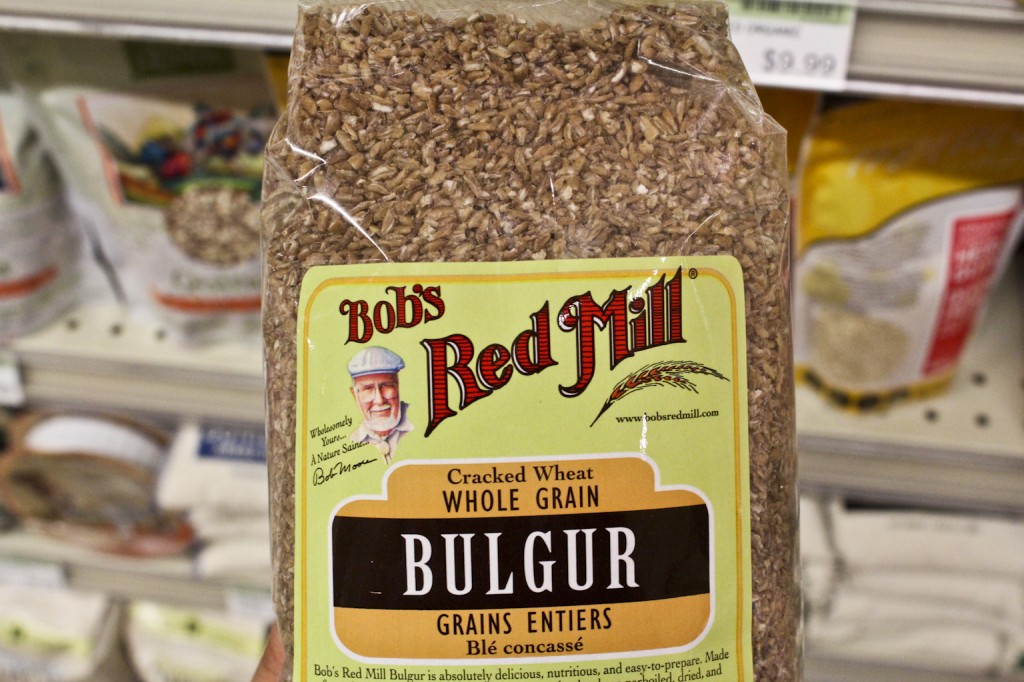
Photo by Hannah Lin
Bulgur is very much like steel-cut oatmeal and cooks super quickly, too. Note that it’s not gluten-free, though. Try it instead of oats in these overnight oatmeal recipes. Letting the oats – ahem, bulgur – soak overnight in the fridge leaves you with a cool and delicious grab-n-go for hot summer days.
6. Buckwheat
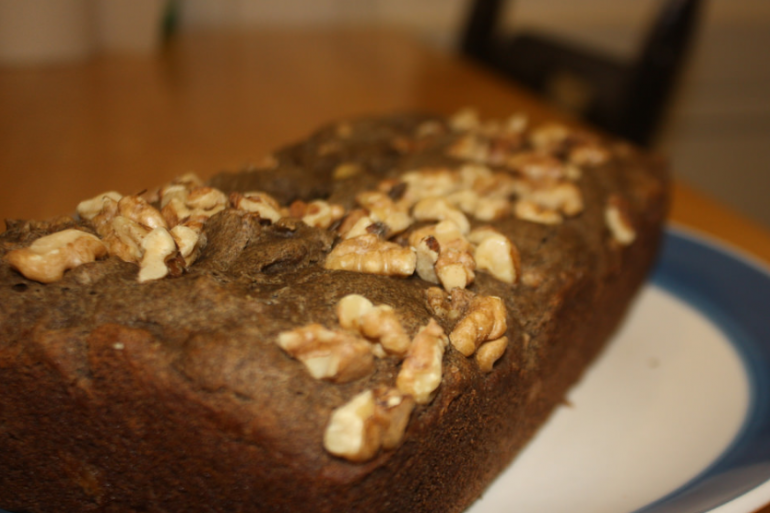
Photo by Casey Carr
Buckwheat is actually gluten-free, even though it has ‘wheat’ in its name (who comes up with these things?). It’s similar to porridge when cooked, and its mild flavor makes buckwheat flour great in pancake and bread recipes, like this buckwheat banana bread.
7. Fonio
Africa’s oldest cereal has gone relatively unnoticed, but it is said to be the most nutritious grain on earth. Plus, the Dogon people of Mali believe an explosion of a single fonio grain started the universe, so there’s that. Look for it on store shelves in the near future, and when you find it, try out this fonio salad from one of Malawi’s greatest chefs.
While you’re waiting to see more of these grains in stores, use up your quinoa with these tasty recipes:

